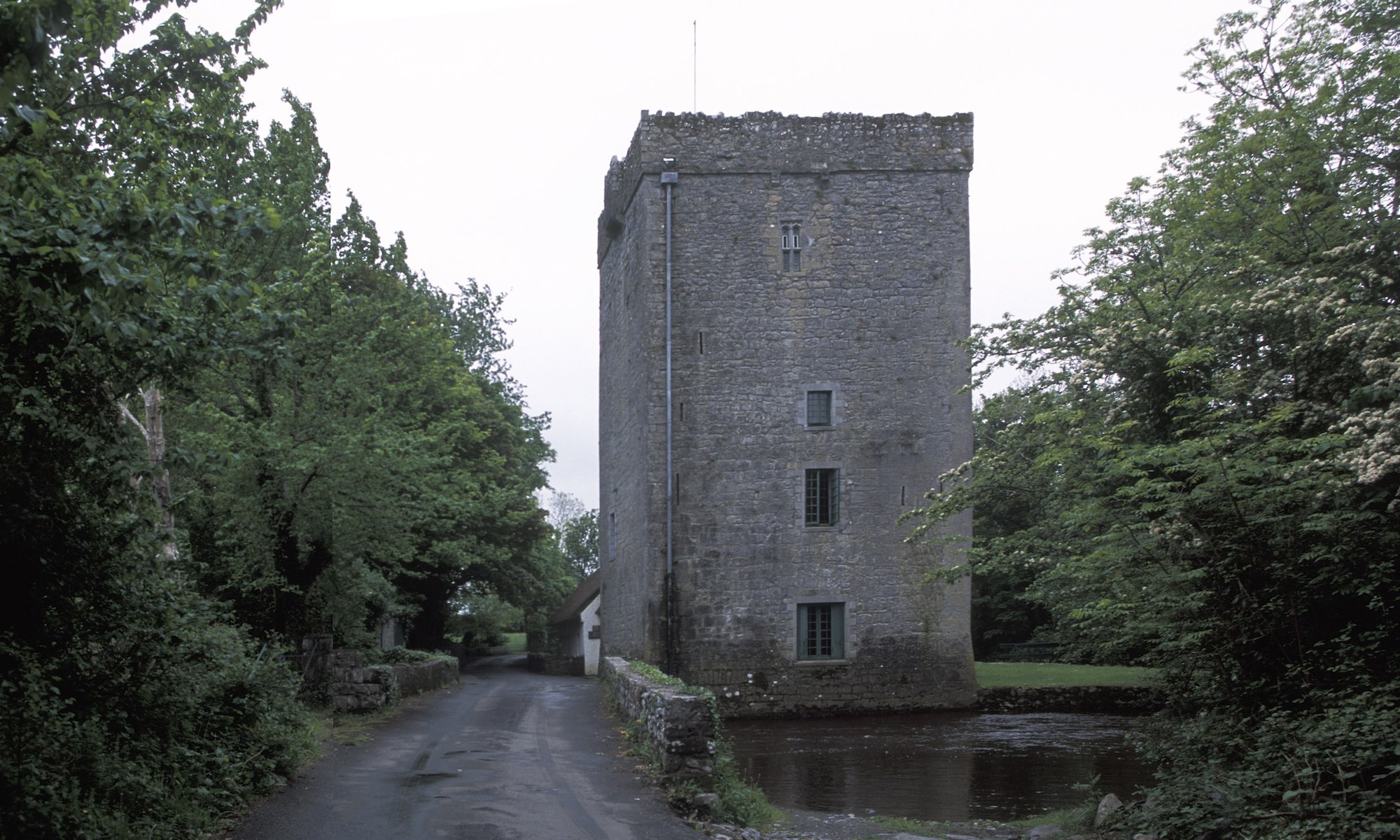Leda and the Swan
(Poem as it appeared in The Tower, 1928)
A sudden blow: the great wings beating still
Above the staggering girl, her thighs caressed
By the dark webs, her nape caught in his bill,
He holds her helpless breast upon his breast.
How can those terrified vague fingers push
The feathered glory from her loosening thighs?
And how can body, laid in that white rush,
But feel the strange heart beating where it lies?
A shudder in the loins engenders there
The broken wall, the burning roof and tower
And Agamemnon dead.
Being so caught up,
So mastered by the brute blood of the air,
Did she put on his knowledge with his power
Before the indifferent beak could let her drop?
The first version of this poem appeared in The Dial in June 1924, and then in To-Morrow two months later under the title “Annunciation.” The poem also appeared as the second poem in The Cat and the Moon and Certain Poems and it also prefaces the section titled “Dove or Swan” found in A Vision in 1925. “Leda and the Swan” is the central, eleventh poem found in The Tower.
This poem was inspired by the Greek myth where Zeus takes the form of a swan and rapes Leda which leads to the birth of Helen. In other poetry, Yeats alludes to his long, unfulfilled love Maud Gonne as being the reincarnated version of Helen. Yeats believed that civilization progressed in 2000 year cycles, and between Helen and Gonne, the Virgin Mary marked the beginning of another era. Annunciation, the previous title, generally refers to Gods interfering with humanity in order to usher in new eras, and beginning the poem with “A sudden blow” indicates that this is not an easy, enjoyable, or consensual, process. This assertion is furthered when remembering the Trojan War was fought over Helen as well as that Jesus was brutally crucified.
In traditional Yeatsian fashion, he concludes the poem with a powerful, rhetorical question asking whether humans are able to know what to do with the power allotted by the Gods. The use of the phrase “indifferent beak” in the final line may seem to suggest that despite being all powerful and the seeming cause of human suffering through Zeus’s rape, Gods are nonetheless indifferent to human suffering. The brutal violence is clearly elucidated, yet both the rape of Leda as well as the blending of Mary and the Holy Spirit catalyzed crucial events in world history. With Maud Gonne representing the latest reincarnation, given her ardent nationalistic juxtaposed with her stunning beauty, Yeats may be forecasting potential which may be in reference to Britain’s power over the woman Ireland.
A Closer Look: The Cat and The Moon (1924)
In this first version of “Leda and the Swan,” Yeats begins the poem with “A rush, a sudden wheel and hovering still/ The bird descends, and her frail thighs are pressed/The webbed toes, and that all powerful bill,”.
A Closer Look: The Dial (June, 1924) and To-Morrow (August, 1924)
These revised versions of the original poem, both found in different periodicals, share key changes found early in the poem. The changes begin with line three as this version alternatively reads “Has laid her helpless face upon his breast.” Also unlike the version found in The Tower, Yeats did not add a break between lines four and five. Additionally, in both The Dial and To-Morrow, Yeats ends line six with “…thighs!” as opposed to “thighs?” found later in The Tower. Lines seven and eight read “All the stretched body’s laid on the white rush/ And feels the strange heart beating where it lies;” and finally, in The Dial, Yeats does not include a break between lines eight and nine.
